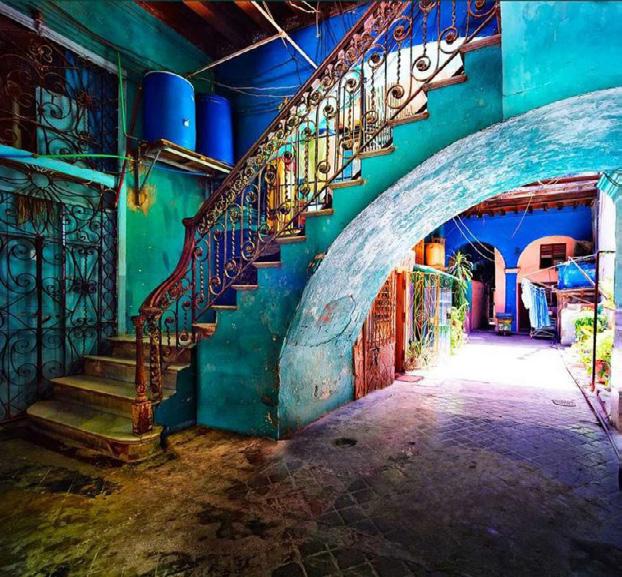
2 minute read
Thesis Research
Cuban Black Market
In most countries, a black market involves drug dealing and prostitution, in Cuba, it’s where people sell household items, clothing, food, and electronics. A space hosting trading activities of necessary goods is considered illegal there. Trading activities of necessities increased in Cuba during the 1990s after the Soviet Union collapsed, and shortages of most goods followed.
Advertisement
The project from this research is a space that enables the trading of necessary goods utilizing a hidden room for the Cuban black market.
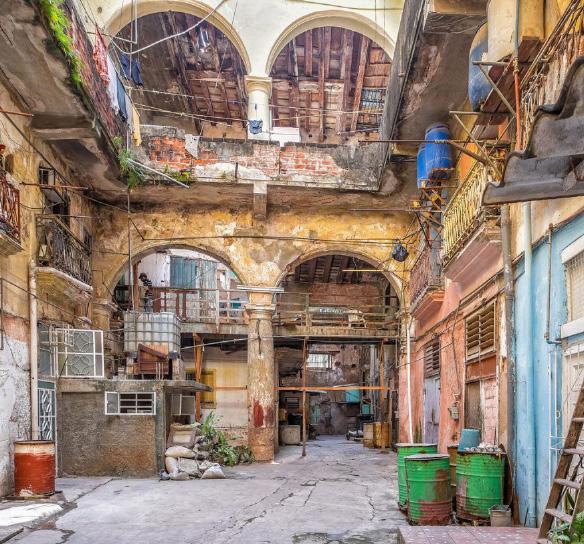
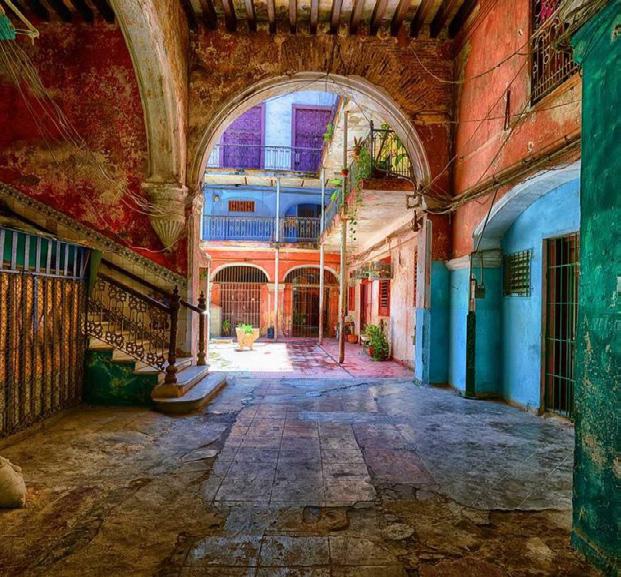
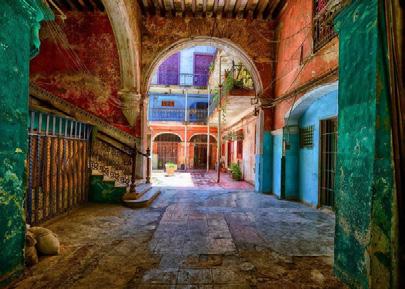
One of the main issues that Cubans deal with is individuality since intellectual activities, food, clothing, and many other things are restricted and controlled. There are some subjective matters that societies could function without.
Project objectives:
• Propose a design methodology using descriptive geometry representation techniques
• Produce a series of visual artifacts that exhibit the main aesthetic features found in the site analysis
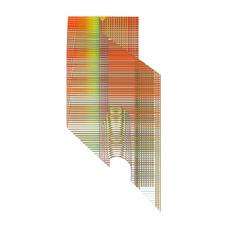
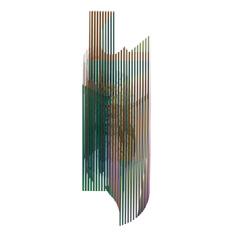
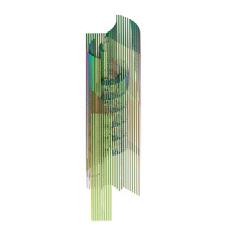
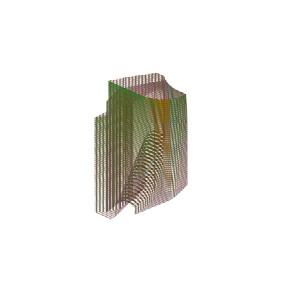
• Understand the connotation of cultural mixture, and contemporaneity of Cuban identity
Architectural Inquiries:
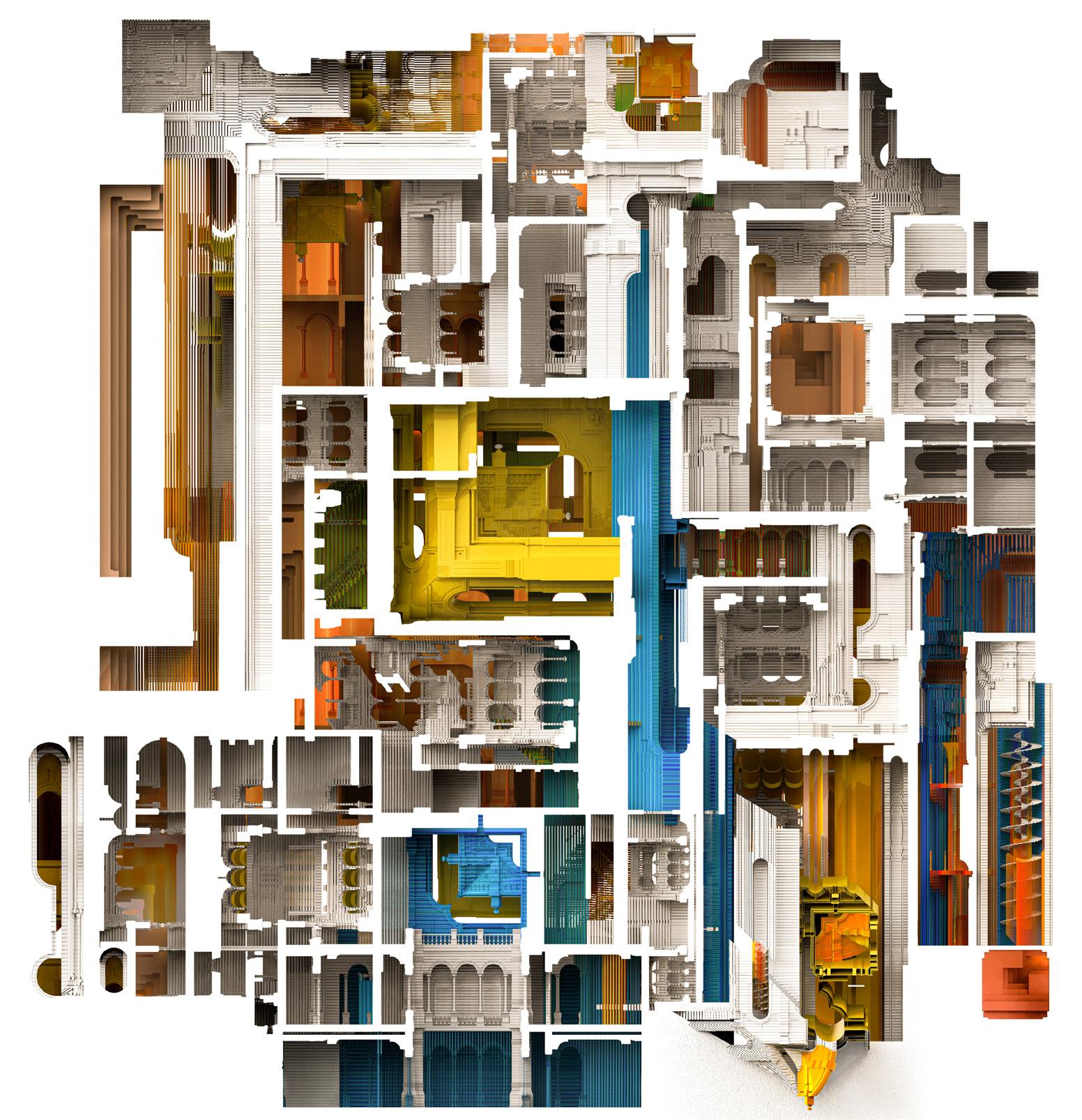
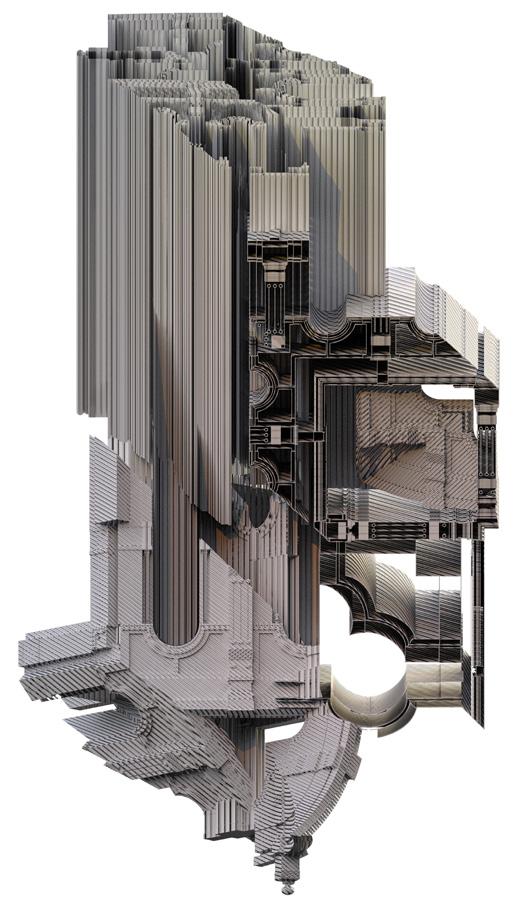
“A ruin is empty-Havana is not.”2
Methodology:
This research takes representational techniques as a starting point to develop abstract thinking, and form finding. The basis of descriptive geometry allows us to identify an object’s projection on a plane or a surface and understand how much it differs from its true shape and dimensions. These techniques represent objects through rotation, folding, overlapping, and discontinuity highlighting their pictorial qualities.
Using these representations on a typical colonial envelope resulted in a catalog of 3-dimensional parts. These three-dimensional pieces of a colonial building are then flattened and projected onto a plane to create 3-dimensional artifacts from their 2-dimensional composition. The combination and composition of two-dimensional views inform profiles as well as their volumetric qualities. Every student in a design class has their design method, which is strongly related to their unique life experiences, race, socio-economic status, class, gender, sexual orientation, country of origin, intellectual traditions, and other affiliations.
This diversity among designers creates more successful projects through the consideration of diverse ideas. I believe that this is the most effective way to ensure that every student reaches their full potential and will also contribute to their peer environment.
Through a combination of my life and academic experiences, my career is an amalgam of technical building construction education and aesthetically innovative academia.
Influenced by technical drawing methods and my finding of their abstract qualities, my thesis work reveals pictorial depth produced by the overlapping of flattened images. This unique architectural representation combines the result of a design process with descriptive geometry techniques, resulting in a distinctive and innovative approach to architectural expression. By integrating the principles of descriptive geometry into the design process, architects are able to create complex and visually captivating structures that transcend traditional boundaries.
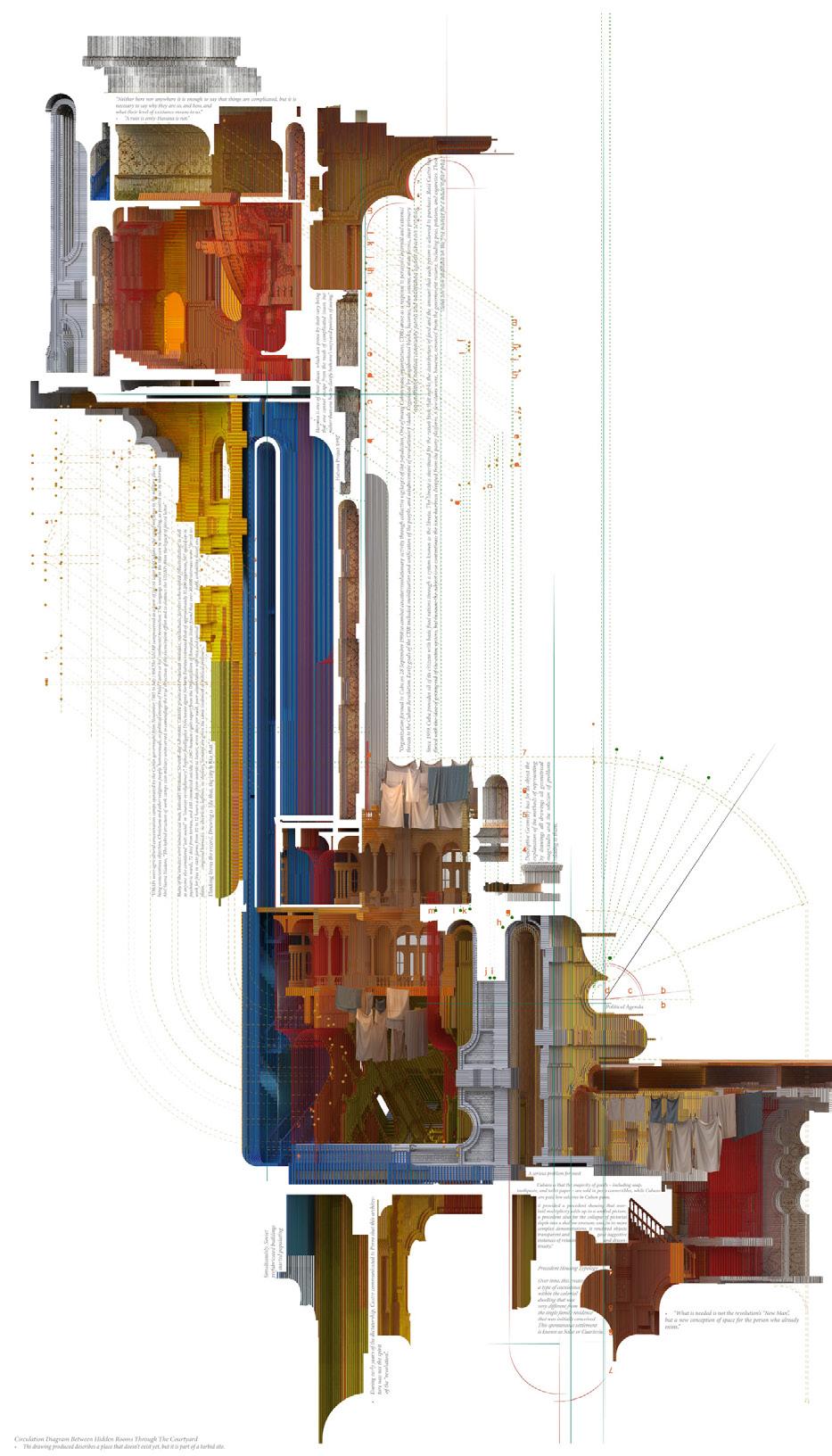
1. Could technical drawing methods be used to develop abstract thinking despite oppressive conditions and an architectural statement of individuality?
2. Can the identity of a country be found within the amalgamation of colonial ornamentation and contemporaneity?
3. With curated design constraints, can we recreate the authentic qualities of a building typology such as a „Cuban solar” through contemporary architectural methodologies and pedagogy?
Descriptive geometry, as a discipline within architectural studies, focuses on the graphical representation of three-dimensional objects and spaces. It involves the use of geometric principles, such as projection, intersection, and rotation, to accurately depict and communicate architectural forms.
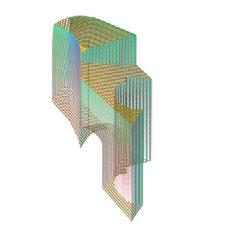
Settle the Water: If the water you’re starting with is turbid or cloudy, allow it to sit undisturbed in a container for a few hours. This will allow larger particles and sediment to settle at the bottom.





